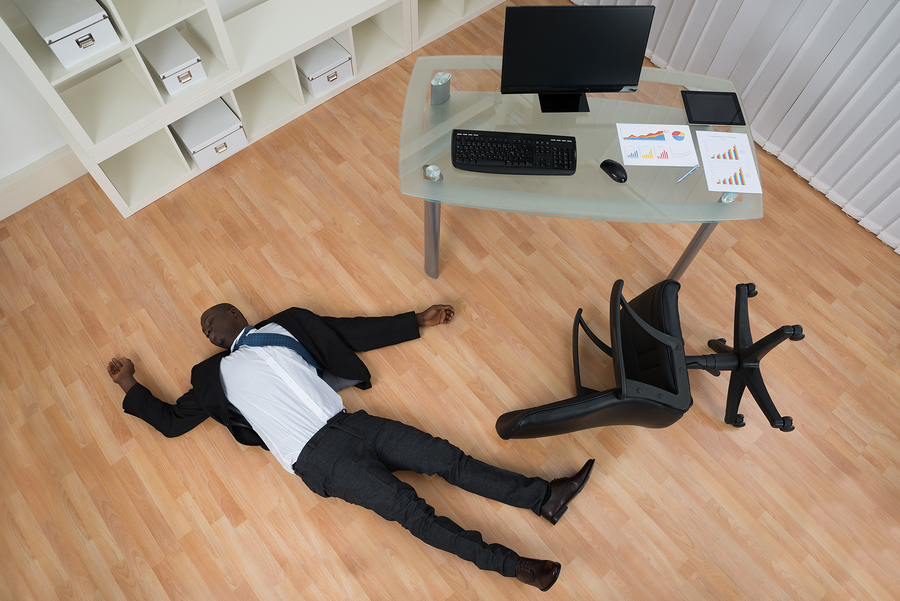Common Slip & Fall Injuries
 Michael Babboni
Premises Liability
The “slip and fall” is such a common form of premises liability injury that a whole branch of lawyers has arisen that specialize in these types of legal cases!
Michael Babboni
Premises Liability
The “slip and fall” is such a common form of premises liability injury that a whole branch of lawyers has arisen that specialize in these types of legal cases!Sadly, there’s a reason that slip and fall injuries are so common; people with a legal obligation to ensure a safe environment—whether residential or commercial—get negligent about this duty. For example, a car repair garage should not leave a motor oil spill untended in their main reception area, but if they do, and a visiting customer slips and falls. As a result, that garage is now financially liable for the injury that was sustained.
But what kinds of injuries can happen from a slip and fall? Can it really be that serious? We have a list of the most common consequences that arise from a slip and fall accident.
Soft Tissue Injuries
These are potentially the worst type of injury to have because they are not often visible, and in some cases, may even take time to manifest. A soft tissue injury most often occurs at the muscular level, with minor injuries such as a sprained ankle or wrist, and major injuries such as torn tendons/ligaments all falling into this category. Because they are not as easily detectable as a bruise on the skin, or a broken bone, like an arm, they may often go undetected at first.
Spinal Cord Injuries
The back is one of the more vulnerable points of the human body, and a spinal cord injury can go on a scale from causing some discomfort to actual paralysis of certain limbs, depending on which part of the spinal cord is compressed/severed due to injury. With a slip and fall, either the impact or twisting of the back can result in a spinal cord injury with varying degrees of seriousness.
Head Injuries
An unfortunate, but very common result of a slip and fall is a head injury. Depending on the type of slip, whether it is on a wet surface, or down a flight of stairs, injuries to the head can result in bruising, or, in the worst case scenarios, some type of traumatic brain injury. If the injury is on the scale of TBI, everything from memory to personality could be potentially, permanently affected.
Cuts & Bruises
While these may not always be the most serious injuries from a slip and fall, they are usually the most visible. It’s hard to pinpoint the severity of a spinal cord injury without a proper medical examination, but if someone falls and cuts their head, or has a leg turning purple from a sizable abrasion, this is a scale of injury that even the medically untrained public can appreciate.
Leg and arm abrasions are the most common type, as these are the limbs people usually push out in an attempt to stop a fall. And while they can be more quickly treated—even the most serious cuts usually only need stitches—they are sometimes also only the tip of the iceberg when it comes the total list of damage for a slip and fall injury.
